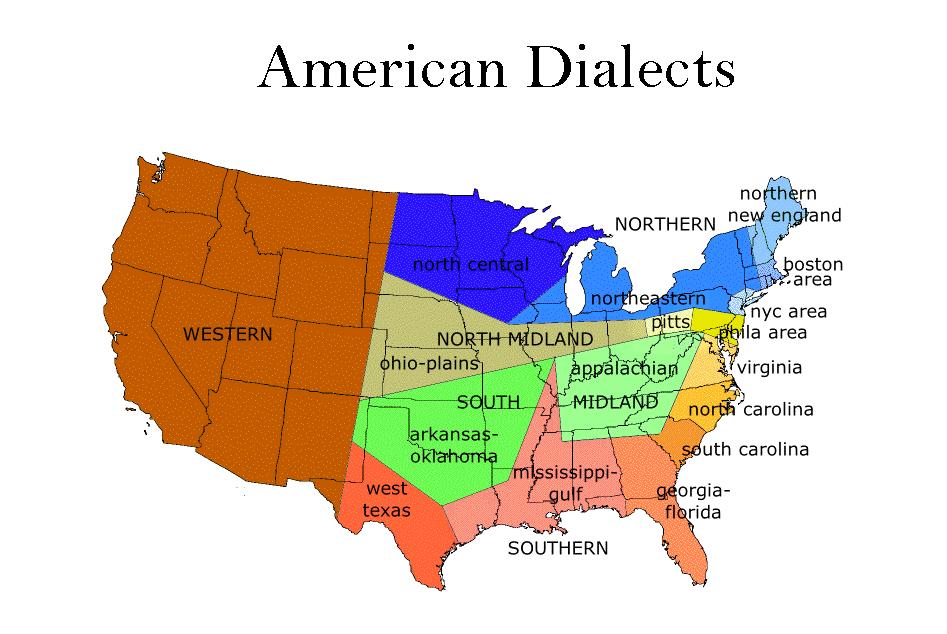Understanding Dialects In A Given Language: The Need For An Interpreter
Language is a beautiful tapestry woven with various threads, and one of its most fascinating aspects is the presence of dialects. Each dialect brings its unique flavor to a given language, often showcasing cultural nuances, regional history, and local identity. However, these differences can also pose challenges for effective communication. When speakers of different dialects engage with each other, misunderstandings can arise, making the role of an interpreter indispensable. An interpreter bridges these gaps, ensuring that conversations flow smoothly and that the intended message is accurately conveyed.
As globalization continues to intertwine our lives, the need for proficient interpreters who understand the intricacies of dialects in a given language has become increasingly important. From business negotiations to cultural exchanges, the nuances of language can significantly impact interactions. Furthermore, in communities where multiple dialects coexist, interpreters play a critical role in fostering understanding and collaboration among diverse groups. The richness of dialects adds depth to a language but highlights the necessity for skilled individuals who can navigate these intricacies.
In this article, we will explore the meaning and significance of dialects in a given language, the challenges they present in communication, and how interpreters can effectively convey these dialectal differences. We will delve into the various kinds of dialects, their unique features, and the importance of understanding them in a multicultural world. By the end of this exploration, readers will appreciate the richness of dialects and the vital role interpreters play in bridging communication gaps.
What Are Dialects in a Given Language?
Dialects can be defined as variations of a language that are specific to a particular region or social group. They often differ in pronunciation, vocabulary, and grammar. The following are key characteristics of dialects:
- Geographical Variation: Dialects can vary significantly from one geographical area to another. For instance, the English spoken in the United States differs from that spoken in the United Kingdom.
- Cultural Influence: Cultural factors can shape dialects, leading to the incorporation of local terms and expressions.
- Social Factors: Social class, age, and ethnicity can influence the way language is spoken, resulting in distinct dialects within the same geographical area.
Why Is an Interpreter Needed to Convey Dialects in a Given Language?
Interpreters are crucial in situations where dialects may hinder communication. Here are several reasons why their role is essential:
- Understanding Nuances: Different dialects can have unique phrases and idioms that may not be familiar to speakers of other dialects.
- Facilitating Clear Communication: An interpreter ensures that the message is accurately conveyed without misinterpretation.
- Cultural Sensitivity: Interpreters are often well-versed in the cultural contexts of the dialects they work with, allowing them to navigate sensitive topics more effectively.
How Do Dialects Affect Communication?
Dialects can create barriers in communication, resulting in misunderstandings that can lead to conflict or confusion. For example:
- A phrase common in one dialect may be completely unfamiliar in another, leading to misinterpretation.
- Speakers may unintentionally convey a tone that is perceived as rude or disrespectful due to dialectical differences.
- Regional slang may cause confusion for outsiders, making it challenging to engage in meaningful conversations.
What Types of Dialects Exist in a Given Language?
There are several types of dialects that can be found within a given language:
- Regional Dialects: These dialects are specific to particular geographical areas.
- Social Dialects: These are influenced by social class, age, or ethnicity.
- Standard Dialects: These are generally considered the 'correct' form of a language and are often used in formal settings.
- Pidgins and Creoles: These are languages that develop from the mixing of different languages and often have elements of multiple dialects.
How Can Interpreters Effectively Convey Dialects in a Given Language?
To convey dialects accurately, interpreters employ several strategies:
- Active Listening: Interpreters must be attentive to the nuances of speech and intonation.
- Cultural Knowledge: Understanding the cultural context of a dialect is crucial for accurate interpretation.
- Adaptability: Interpreters need to adjust their interpretations based on the dialects being spoken.
What Are the Challenges Faced by Interpreters Working with Dialects?
While interpreters play a vital role, they often face several challenges:
- Complexity of Dialects: Some dialects can be incredibly complex, with unique vocabulary and grammar.
- Lack of Resources: There may be limited resources available for less commonly spoken dialects.
- Emotional Sensitivity: Dialects may carry emotional weight, and interpreters must handle these situations delicately.
Conclusion: The Importance of Interpreters in Understanding Dialects
In conclusion, dialects in a given language enrich communication but also pose unique challenges. An interpreter is needed to convey the subtleties and nuances of these dialects, making them essential in various contexts. As our world becomes more interconnected, the demand for skilled interpreters who can navigate these dialectal differences will continue to grow. By understanding the importance of dialects and the role of interpreters, we can foster better communication and deeper connections across cultures.
Article Recommendations
- John Mccook
- Tyler Perry Spouse
- Mothers Warmth
- Rain Brown Net Worth
- Matt Czuchry Relationships
- Liam Payme Gay
- Meghan Markle Kids
- Trump Iq Score
- Pat Sajak Presidential Endorsement
- Teresa Weatherspoon Wife


/cloudfront-us-east-2.images.arcpublishing.com/reuters/SLU67ZG4JFPQNEDAANZYZUYI3Y.jpg)